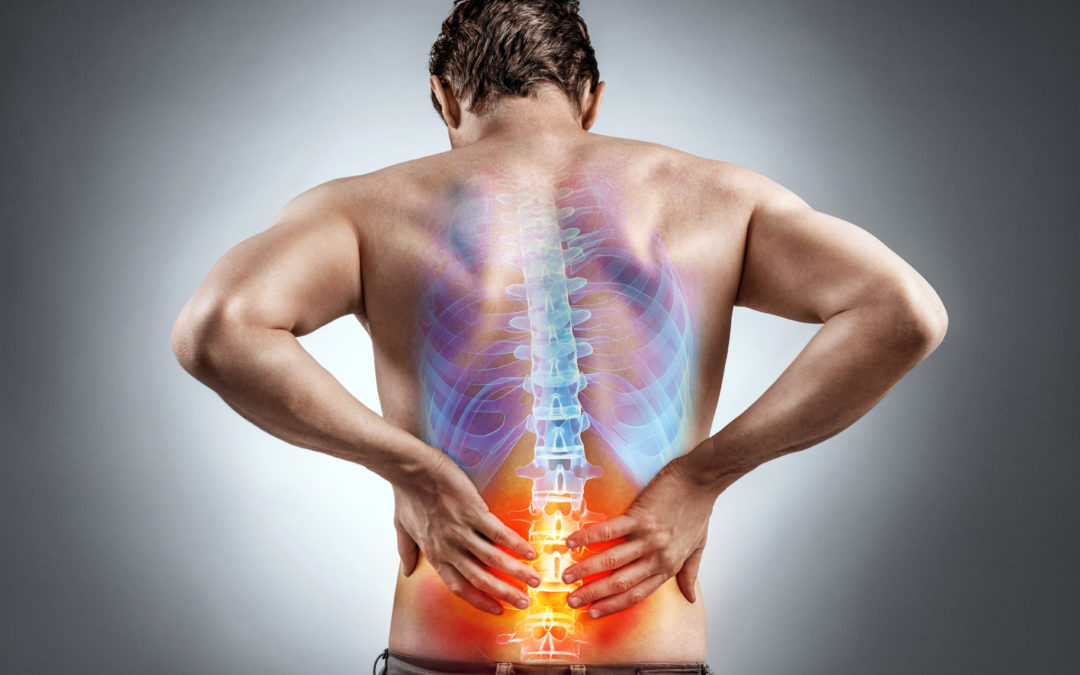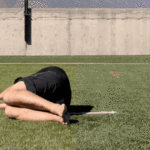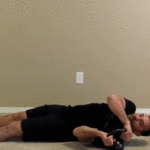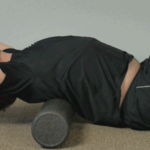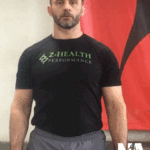Welcome!
We hope the webinar was helpful and that it gave you the information you need to help your clients improve their thoracic mobility. The fact you are willing to continue what you learned online means you are likely going to do great and we want to help.
Rules of Engagement
We want to make sure you are doing everything as safely and effectively as you can. So, please follow these simple rules:
-
NO PAIN!
-
Good Posture
-
Constant Breathing
-
Move with Precision
-
Move with Least Tension
-
NO PAIN!
Start slow and make everything easier than you think you should. As your skill and confidence grows, so will the pain free ranges of motion and results!
Changing Inputs to Your Nervous System
We described that mobility is an output of your brain. We also talked about how changing the inputs to your nervous system can change the outputs like mobility, . Listed below are some examples of things that you can try to see if it makes a difference in your pain-free range of motion.
How do you know whether something works for you? Before you try a change to your nervous system, assess your movement Note how far and fast you were able to move without pain. That’s your pain-free range of motion. Now try one of the activities below. Return to your original position and reassess. Further, faster and reduced pain are positive changes
Movement
Here are five movements that we covered in the webinar and our clients have found useful for a variety of mobility issues. Any one of these movements might be helpful in increasing your mobility by reducing threat or improving a movement pattern. Just click on the picture to see more detailed instructions.
Other Activities that You Should Try
- Hydration – dehydration can be a source of threat
- Tactile Input – light massage, vibration, brief applications of heat or cold
- Conscious Improved Breathing – good breathing can make a big difference
- Reduced Stress – Stay connected with loved ones, meditate, pray, laugh
- Move more, move often, move well – but not unusually high intensity or volume
If You Want More
Dr. Higgins and Coach Geiske are offering mentoring exclusively to a few NSCA practitioners. Want to learn more about the Neurobiomechanical model? Neurology of mobility, performance and pain? Want training in assessments and techniques? Learn how to integrate these techniques and practices in your business and talk about it to referral sources? Want to break out or break into the business of medical fitness and performance. Or just want a go-to resource for specific clients so you can help them solve problems and break through barriers? Talk with one of us to design the right program for you and your business’s needs.
Free 10-Minute Consultation
If you have questions, need a little more direction or would like to discuss how our remote training could help you, please click the button below to schedule your free consultation.
Stay in Touch or Share Feedback
If you’d like to receive more content like this, just add your name and email below. We do not share your email with anyone else and you can always unsubscribe.

